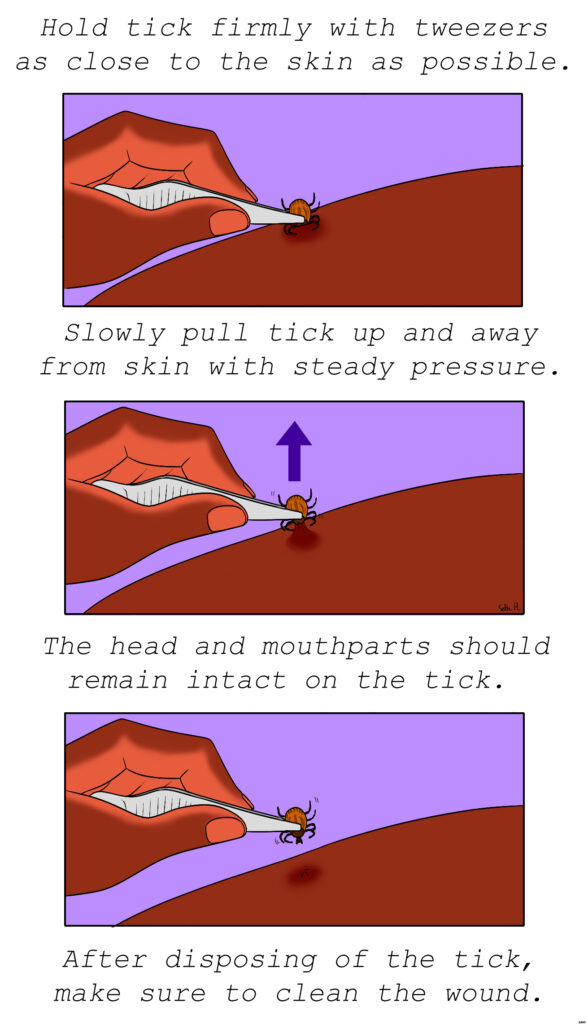Surveillance
DPW’s Vector Surveillance and Control began its tick surveillance program in the Summer of 2024. Tick populations are currently monitored in some Henrico public parks. The traps used to collect ticks are not a form of control but rather used for research and disease testing. The three types of traps used are CO2 traps, drags, and flags. CO2 traps use carbon dioxide and lures to attract ticks that actively seek out hosts, whereas drags and flags are targeted to catch questing ticks on vegetation.
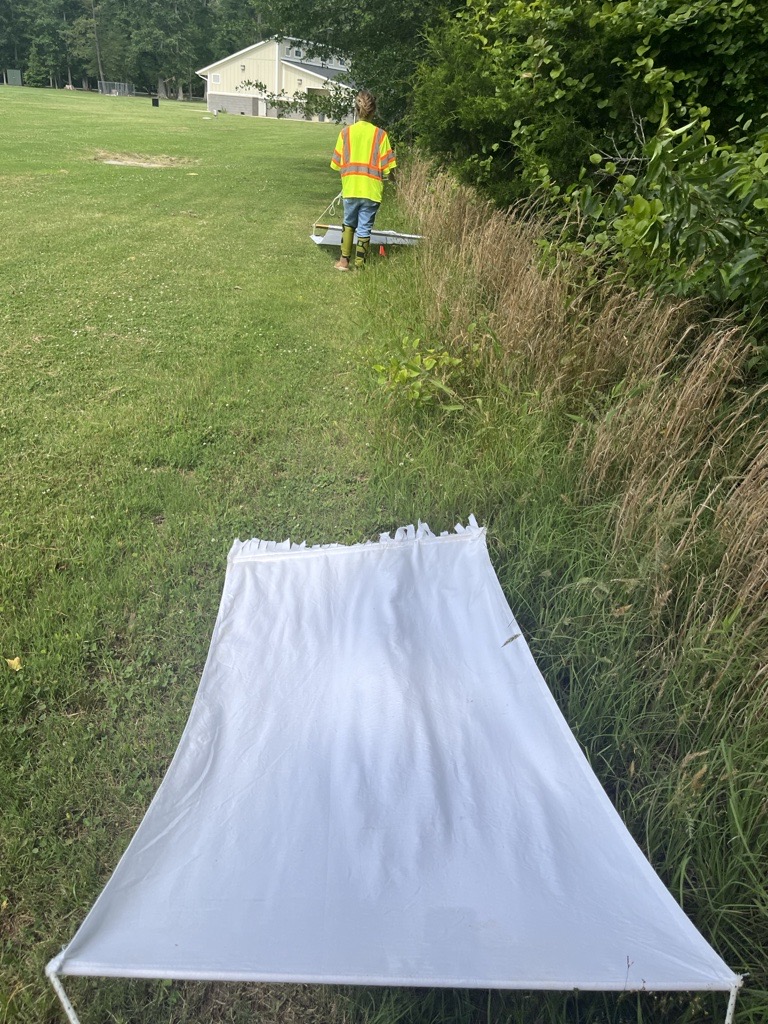
The ticks are identified to species and stage, then counted and recorded to monitor changes, patterns, and species composition in local populations. Because some species of ticks are active year-round, tick surveillance persists throughout all seasons. Ticks collected are pooled and sent off for testing. Currently, ticks are tested for Lyme, Ehrlichiosis, Babesiosis, Anaplasmosis, and Rickettsia.
Our Goal
To educate the public about ticks present in Henrico and how to protect oneself when outdoors in tick-inhabited areas. Surveillance data is shared with Henrico County Public parks to inform them and the public on the species composition and local abundance. Data will be shared with State and National Programs as well.
Prevalent Tick Species in Henrico
Lone Star Tick (Amblyomma americanum)
Lone Star ticks are the most frequently collected by the surveillance program, showing that they are abundant in Henrico. The adult female is easily recognizable by the pale dot centered on its backside. All stages are reddish-brown in color. These ticks do not transmit Lyme, but can transmit Heartland Virus, Tularemia, STARI, Ehrlichiosis, and Alpha Gal.
Blacklegged Tick (Ixodes scapularis)
Black-legged ticks are the only species in Henrico that remain active throughout Winter. The adult female’s lower-end of their back is reddish-orange, and the top half is dark brown. Unlike the females, adult males have consistent dark brown coloring over their back. These ticks can transmit Lyme Disease, Anaplasmosis, and Powassan Virus.
American Dog Tick (Dermacentor variabilis)
American Dog ticks are brown and approximately ¼” long. They are recognizable by pale markings both on the adult male and female’s back, although the pattern differ between the two. These ticks can transmit Rocky Mountain Spotted Fever and Tularemia.
Preventing Tick Bites
Common tick habitats in Henrico include tall grass, forest edges, trail edges, and leaf litter. It’s important to perform frequent tick checks especially after being in or near tick habitat. Additionally, walk in the center of trails and avoid brushing against vegetation. Wearing repellant with approved active ingredients and reapplying per advised on the label is another preventative measure. Some examples of potential tick habitat in Henrico:
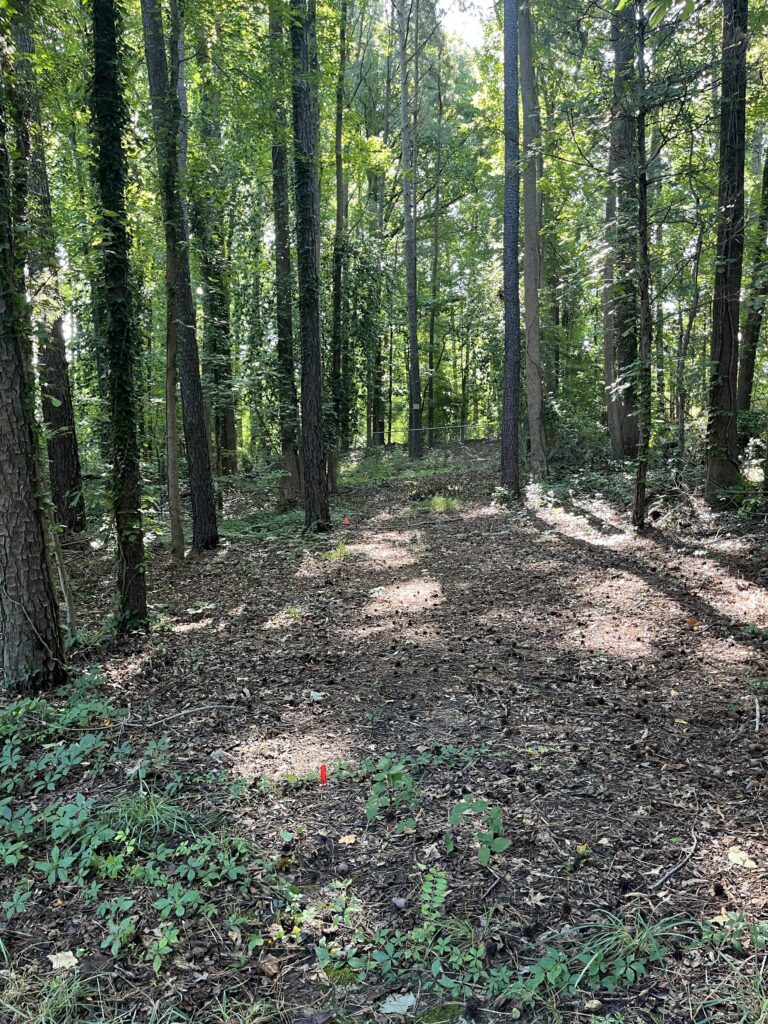
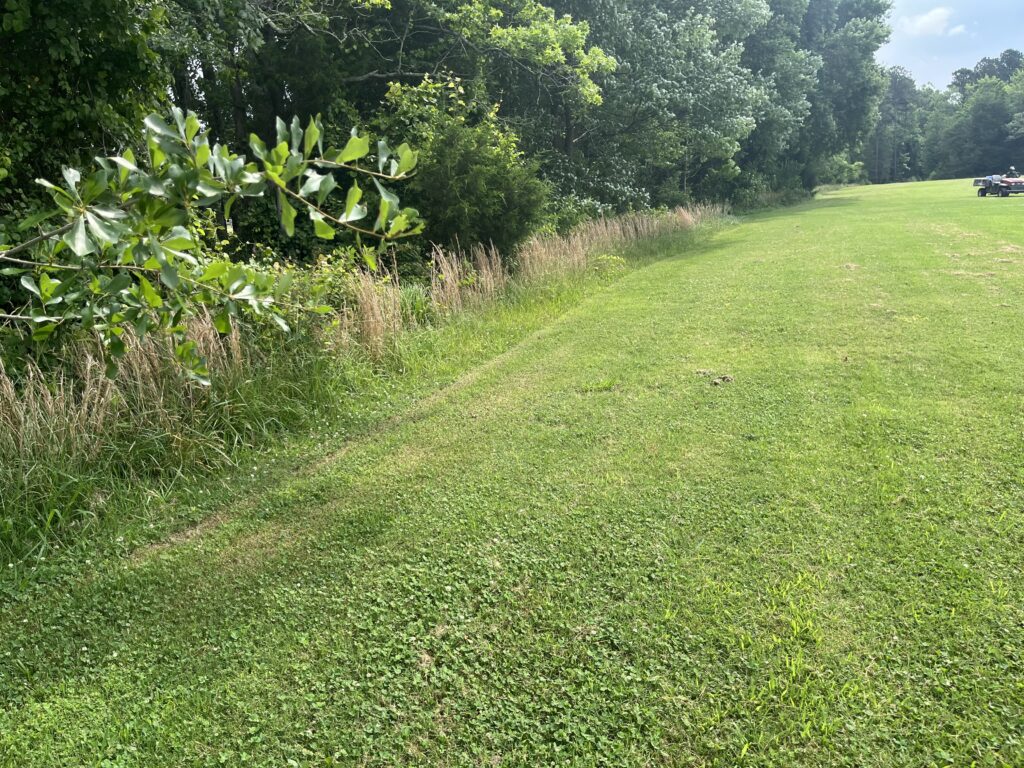


Ticks can also inhabit yards where forest edge or tall grass is present. It is important to enact certain landscape practices to reduce the likelihood of tick exposure in yards. This can include regularly removing leaf litter, trimming grass and other brush so that it does not become overgrown, and creating physical barriers out of gravel or mulch between forest edges and yards.
Finding a tick on you can be frightening, but don’t panic as its important to remove an embedded tick properly to reduce increasing transmission risk:
- Grasp tick firmly with tweezers as close to your skin and the tick’s head as possible
- Avoid squeezing the body or puncturing the tick as its fluids may contain infectious organisms
- Slowly pull tick up and away from skin with steady and even pressure
- The head and mouthparts should remain intact on the tick
- If possible, photograph the tick or freeze it for identification in the case of a doctor’s visit
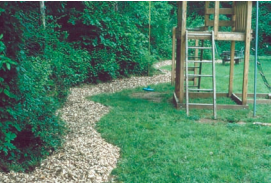
Derived from the Tick Management Handbook
Resources
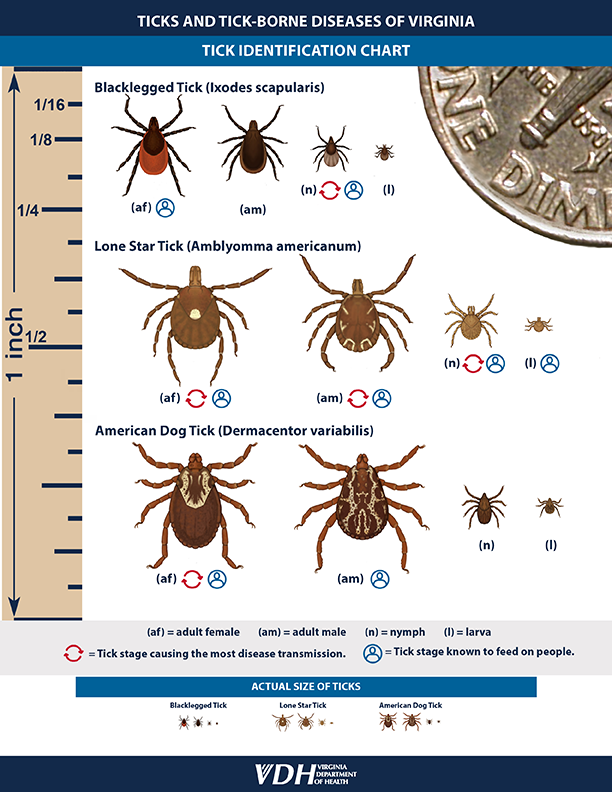
Virginia Department of Health Tick and Tick-Borne Diseases of Virginia
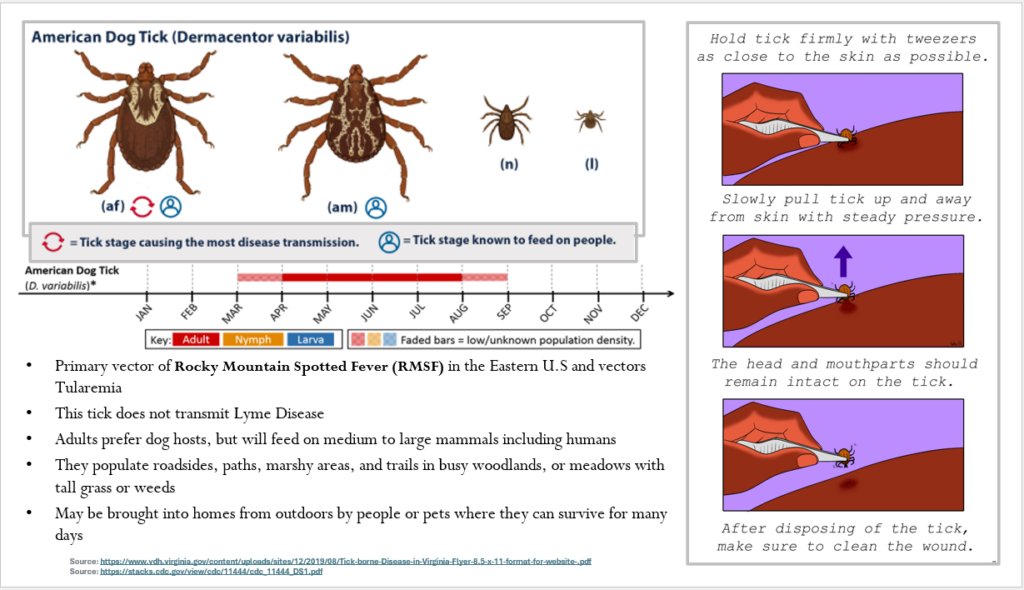
Blacklegged Tick
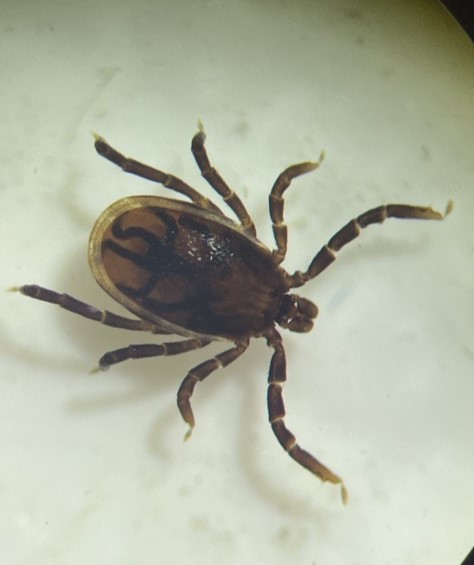
Tick removal directions
